4 minute read
The IRAS mission was a joint project between NASA, the Netherlands Agency for Aerospace Programmes and the United Kingdom's Science and Engineering Research Council (SERC) – which would later become the Science and Technology Facilities Council, or STFC. IRAS was controlled and its data received through the Operations Control Centre at SERC's Rutherford Appleton Laboratory in Chilton, Oxfordshire.
IRAS was able to peer deeper into the core of our galaxy than any other telescope at the time, and made several unexpected discoveries during its relatively brief operational lifetime of just over nine months. These included the discovery of clouds of solid debris around Vega and several other neighbouring stars which suggested the formation of planetary systems like our own. In total, IRAS detected over a quarter of a million infrared sources, increasing the then-total number of catalogued astronomical sources by around 70%.
"The foundations from the earliest missions in infrared astronomy such as IRAS were key in helping scientists understand how observations in the infrared can add to our knowledge of the universe, and in helping engineers understand how to enable those observations", says Paul Eccleston, Chief Engineer at RAL Space.
"The teams involved in those early missions went on to pass on their knowledge and to build instruments for first the Infrared Space Observatory (ISO) then the Herschel missions, and to conceive the current generations of missions such as the James Webb Space Telescope. There is a direct line of technology heritage and knowledge from those earliest IR missions to the current and future IR missions, such as Webb and Ariel."
Dr Eric Dunford, former RAL Space
director and UK Project Manager for IRAS, said:
"Everyone who worked on IRAS has always said it was a wonderful period of their lives. The mission made some incredible discoveries during its lifetime, and it was a very exciting project to have been part of."

Caption from NASA Jet Propulsion Laboratory: “The international Infrared Astronomical Satellite (IRAS) is shown being tested at the Fokker B.V plant in The Netherlands. Three nations are involved in the IRAS project: the spacecraft was built in The Netherlands, the telescope was built in the United States, and the IRAS Control Centre is located in England. IRAS will spend its lifetime in orbit studying the sky in the infrared portion of the electromagnetic spectrum. From IRAS data, astronomers will construct an all-sky map and catalogue of infrared sources."
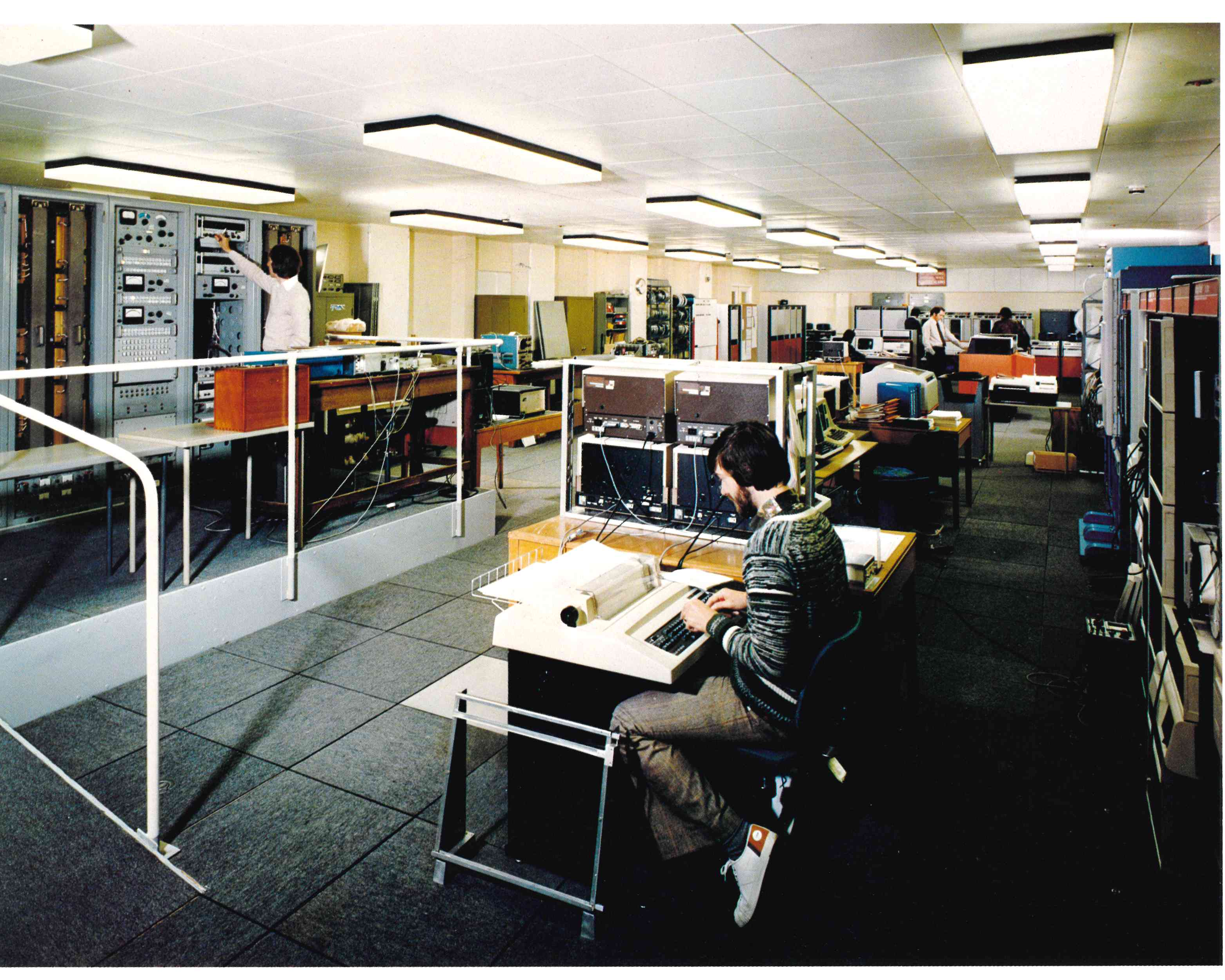
Caption from NASA Jet Propulsion Laboratory: “The Infrared Astronomical Satellite (IRAS) Control Centre at the Rutherford-Appleton Laboratory in Chilton, England, will monitor the status of the satellite and collect data from its primary telescope and other experiments. IRAS will pass over the control centre at least twice each day. Data received at the control centre will provide scientists with a quick look at objects that have been observed and will allow the controllers to check on the spacecraft itself, then the scientific data will be transmitted to the Jet Propulsion Laboratory where complete processing will be performed."
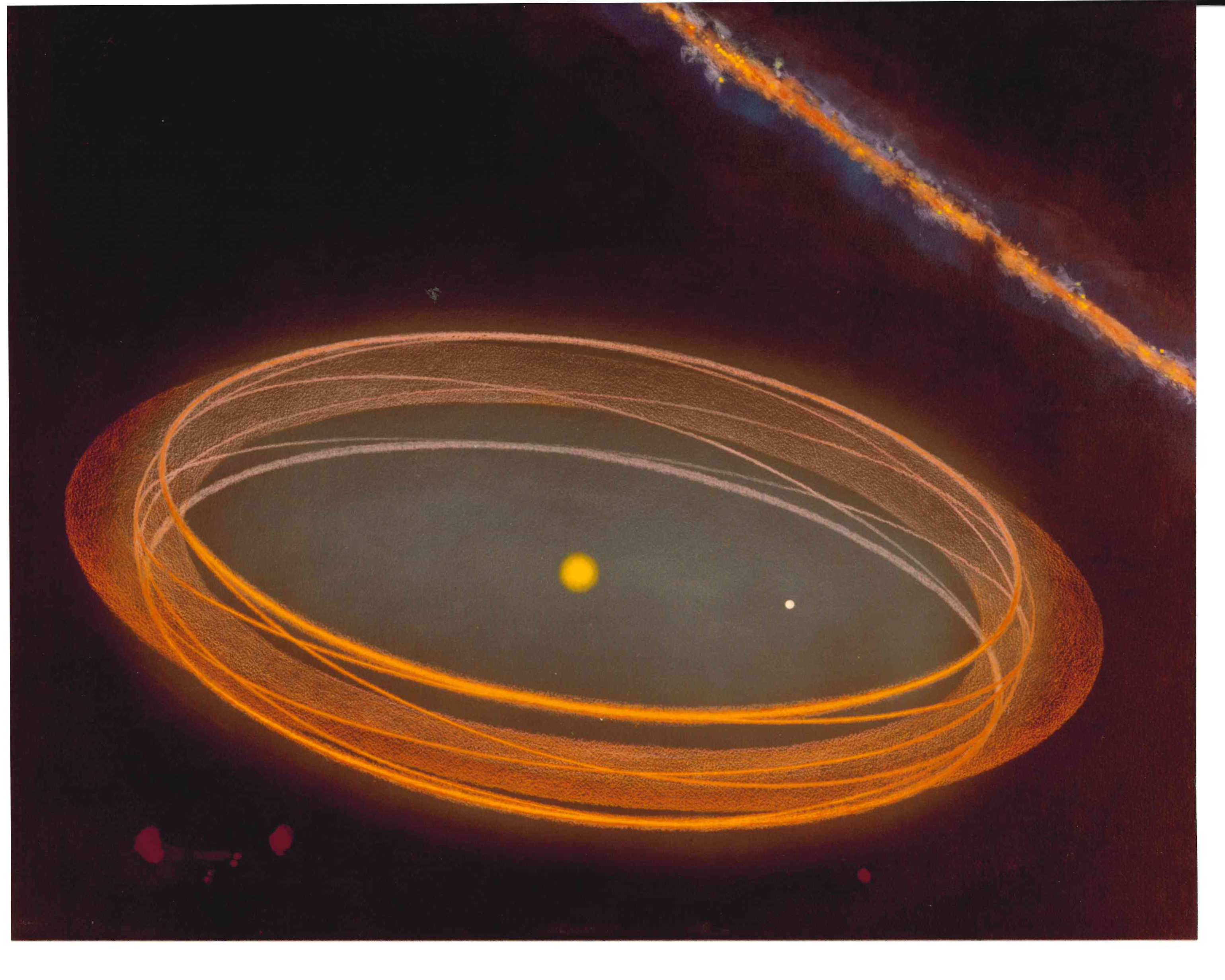
Caption from NASA: This artist's concept shows how it is possible for a single collection of particles, which share a common family of orbits around the Sun, to produce the appearance of identical bands on either side of the zodiacal or ecliptic plane. The bands were discovered in data from the Infrared Astronomical Satellite (IRAS). Also illustrated is the concept of a comet/asteroid collision which could have created a cloud of debris. The dust cloud, as depicted here, has the orbital parameters needed to produce the band structure observed by IRAS.
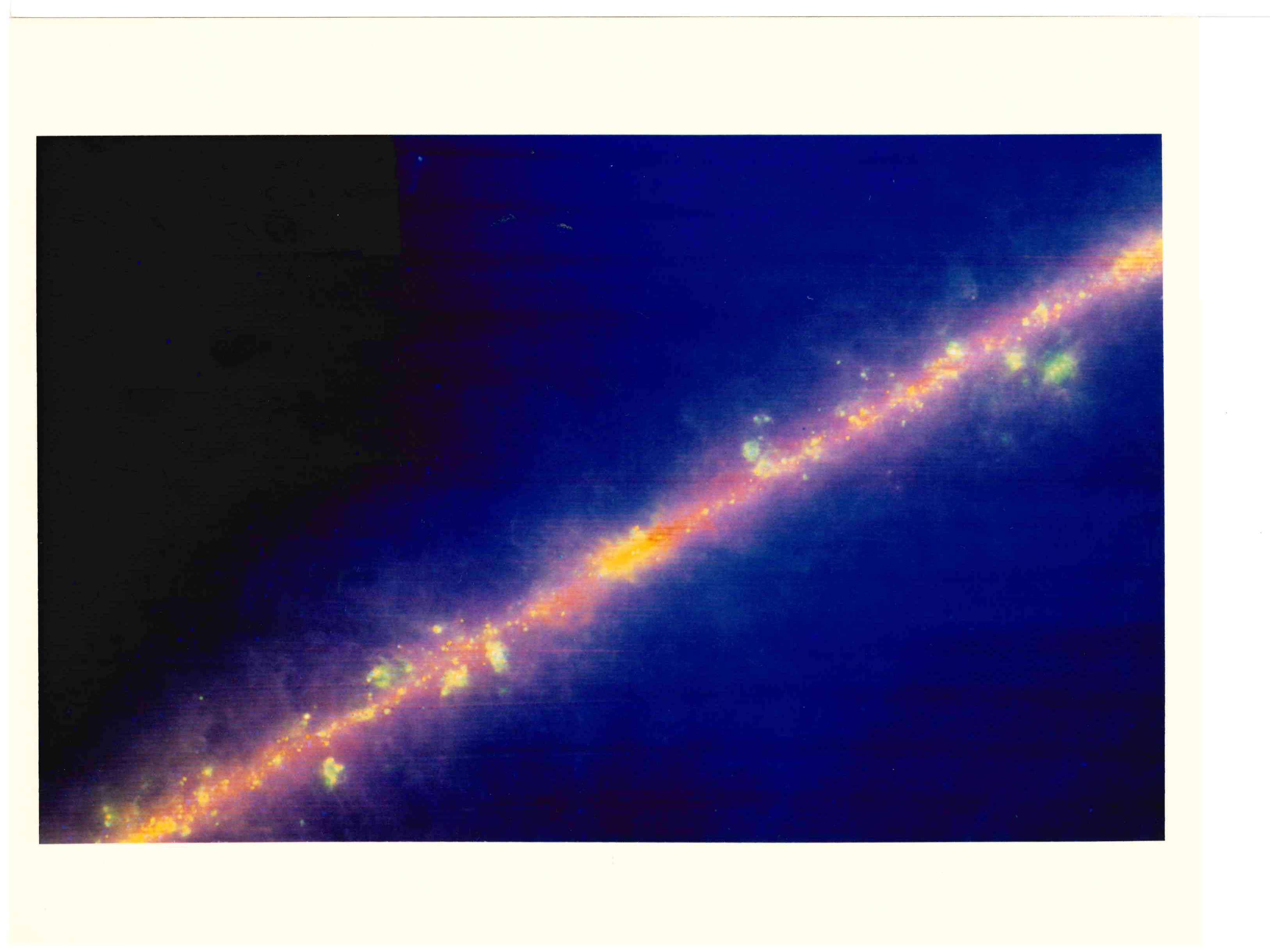
Caption
from NASA: “This
image of the centre of our galaxy was produced from observations made by the
Infrared Astronomical Telescope (IRAS). The infrared telescope carried by IRAS
sees through the dust and gas that obscures stars and other objects when viewed
by optical telescopes. The bulge in the band is the centre of the galaxy. The
yellow and green knots and blobs scattered along the band
are giant clouds of interstellar gas and dust heated by nearby stars. Some are
warmed by newly formed stars in the surrounding cloud, and some are heated by
nearby massive, hot, blue stars tens of thousands of times brighter than our
Sun. The warmest material (including warm dust in our solar system) is
represented by blue, while colder material about is shown in red.”
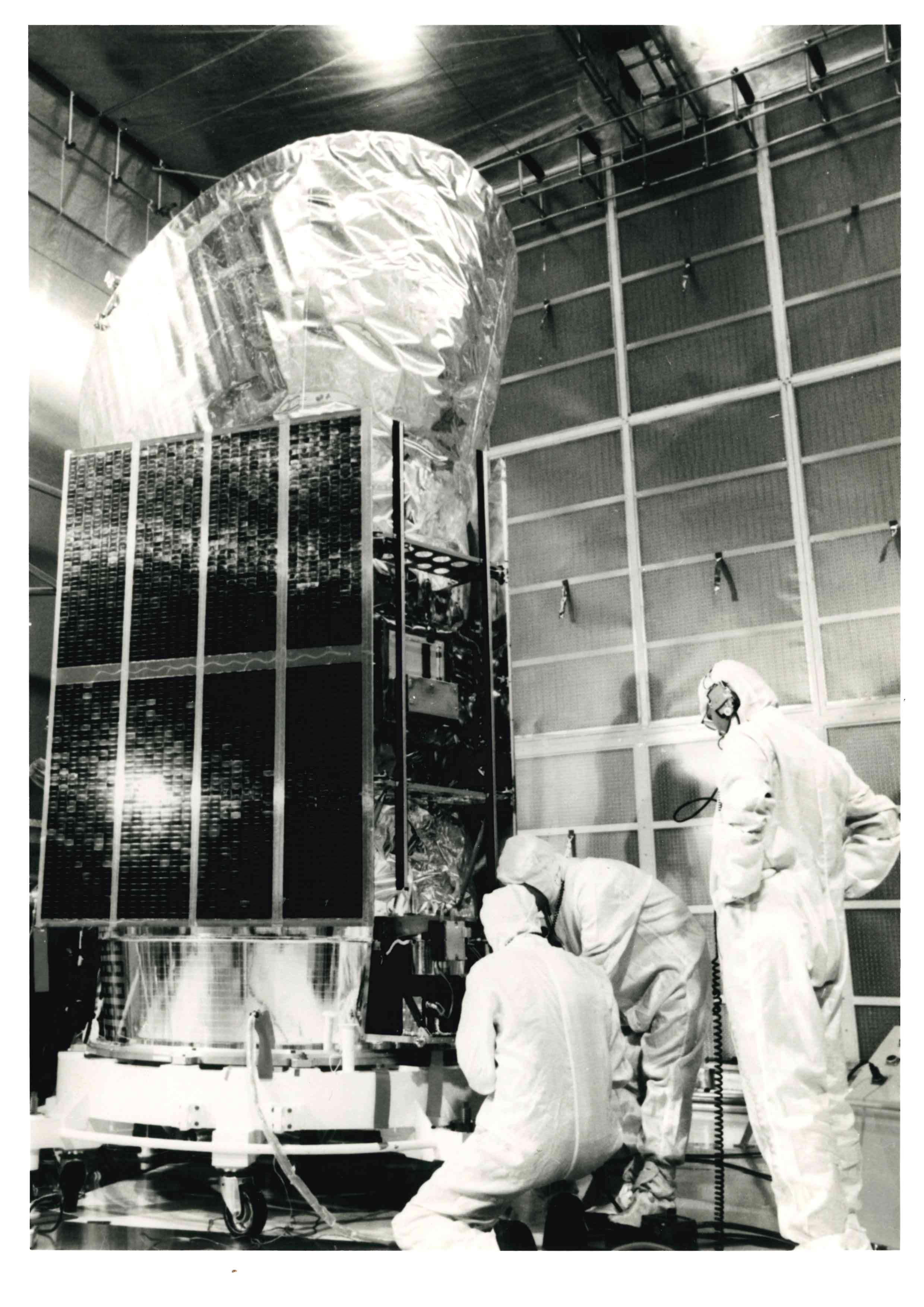
Caption from NASA Jet Propulsion Laboratory: “U.S and Dutch technicians prepare the Infrared Astronomical Satellite (IRAS) for launch at Vandenberg Air Force Base, California. IRAS will spend about seven months on a survey of the entire sky in a broad area of the infrared portion of the spectrum. IRAS is a joint project between the United States, the Netherlands and the United Kingdom. – January 1983"
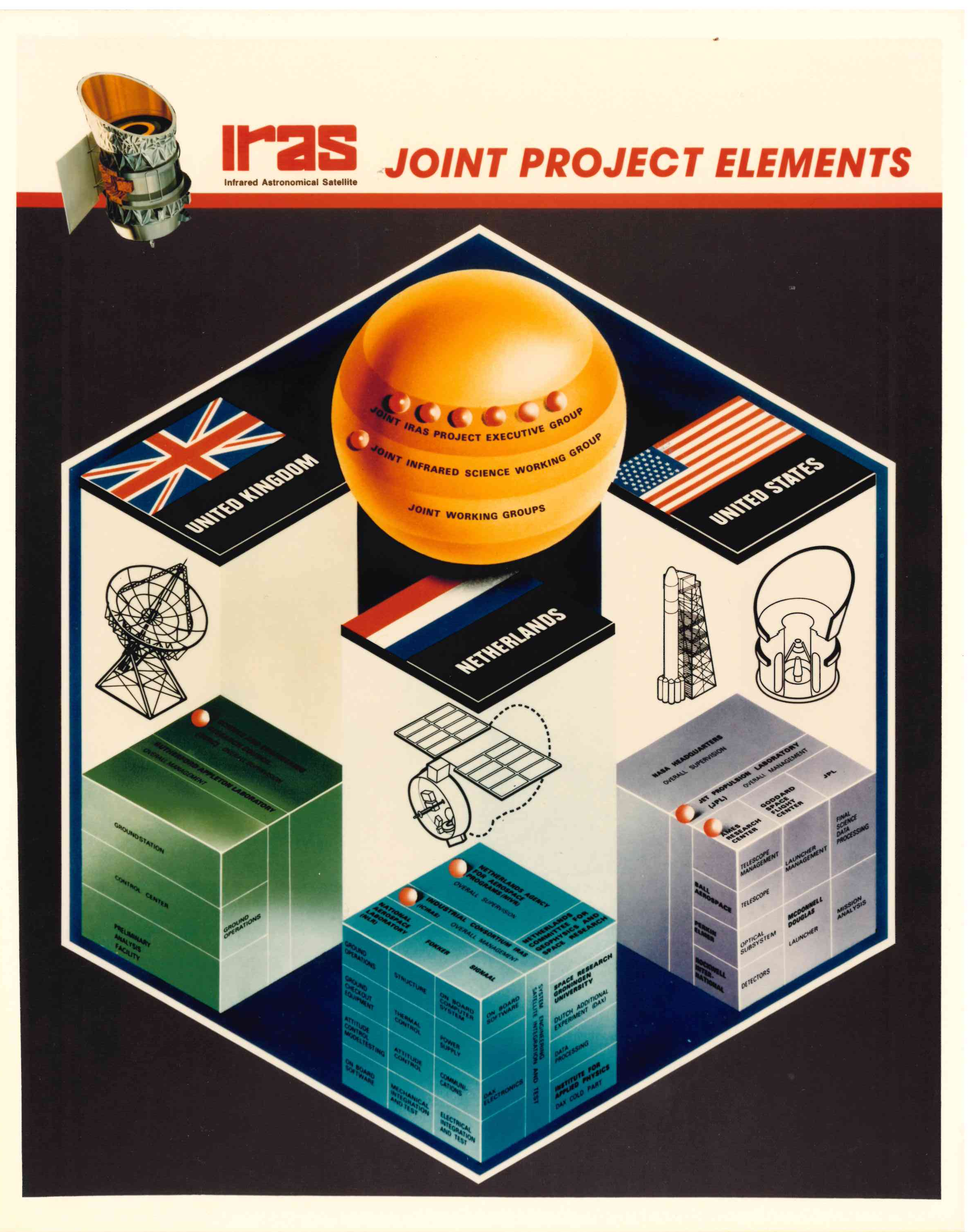
Poster showing each countries' contributions to the IRAS mission. Underneath the United Kingdom, it says: “Rutherford Appleton Laboratory: Overall management, Groundstation, Control Centre, Ground operations, Preliminary Analysis Facility"
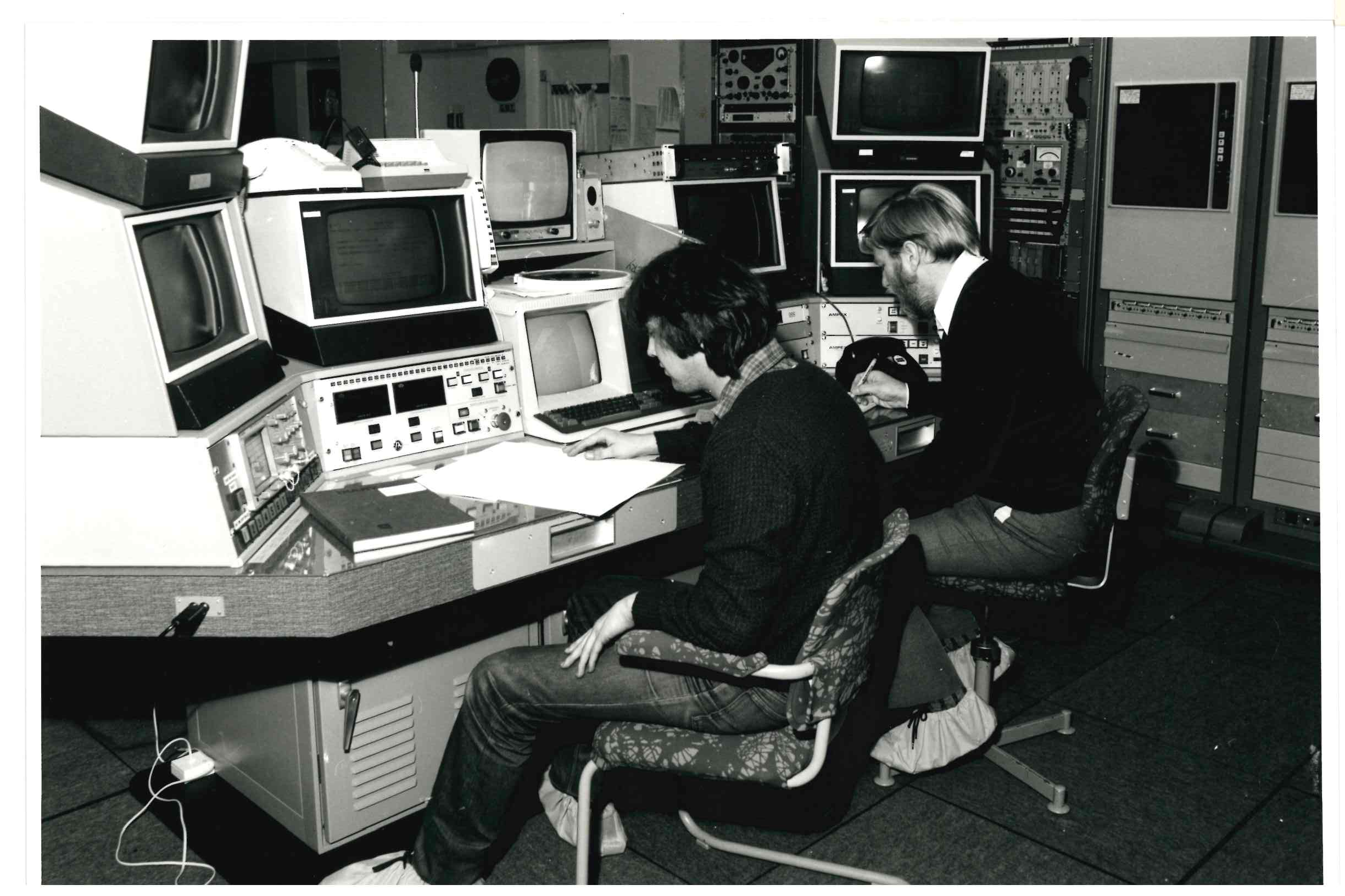
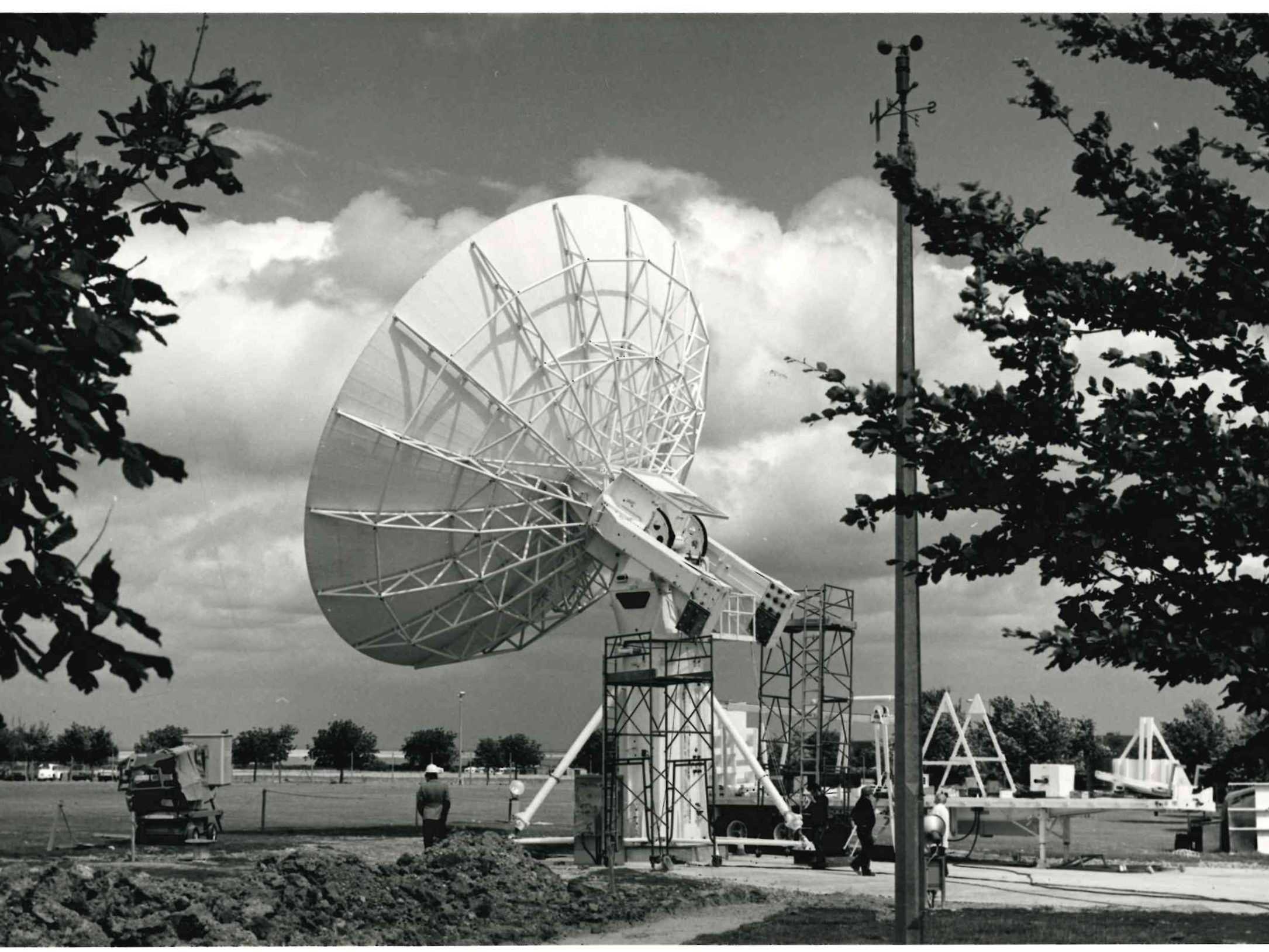
Photographs of the Rutherford Appleton Laboratory's Ground Station in Chilton, England. Data collected from IRAS was returned to Earth twice a day to the Operations Control Centre by the 12-metre diameter steerable antenna, which was also used to transmit the next 12-hour sequence of observations to the satellite. The Control Centre computers checked the performance of the satellite and pre-processed the scientific data, which was sent by high-speed link to the Jet Propulsion Laboratory in California.
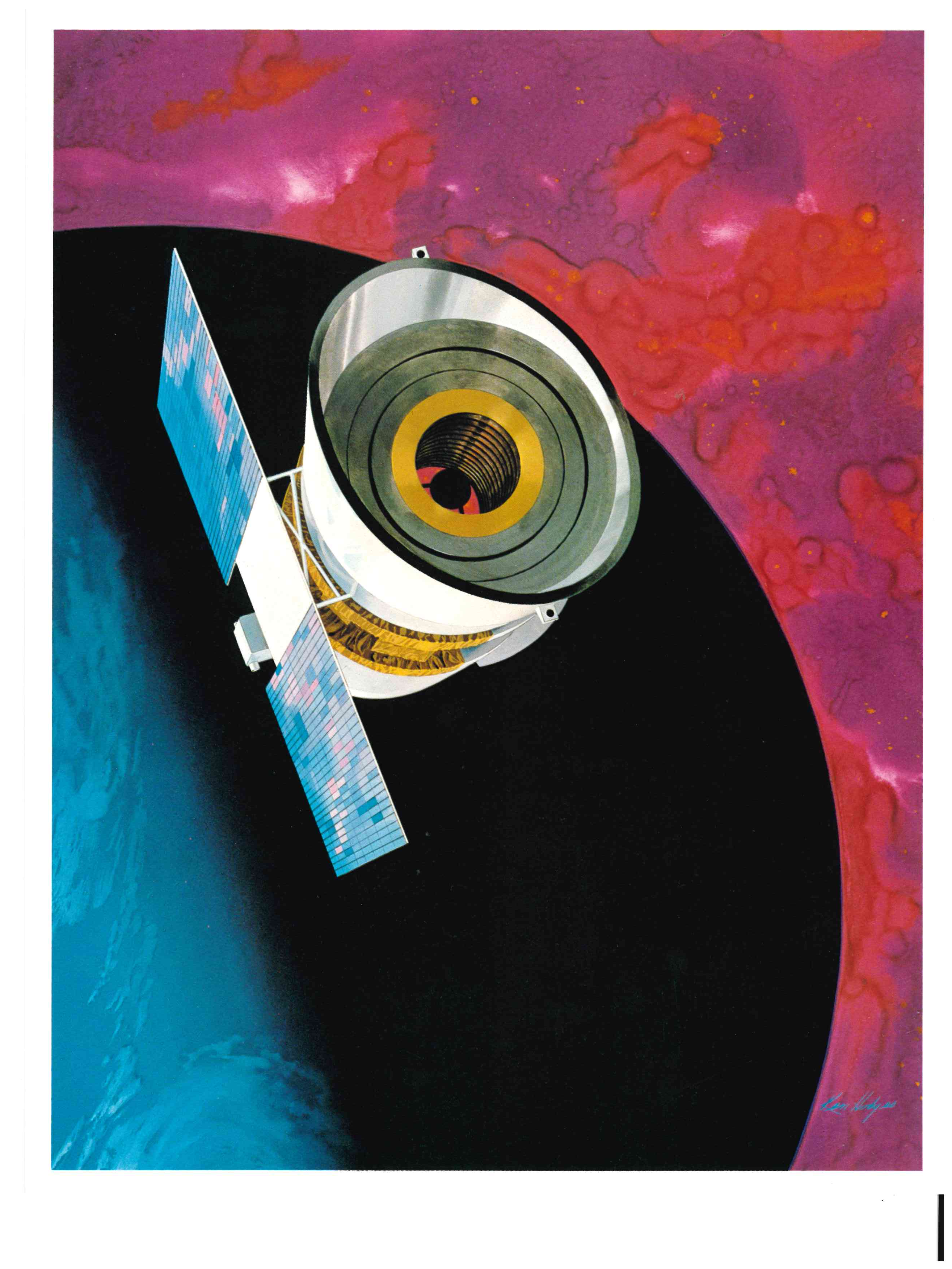
Caption from NASA Jet Propulsion Laboratory: “Far above the Earth, the Infrared Astronomical Satellite (IRAS) surveys the sky for unknown sources of infrared radiation. Infrared radiation lies beyond the visible portion of the electromagnetic spectrum, and is therefore invisible to our eyes. Infrared is also absorbed by the Earth's atmosphere. But IRAS, flying beyond the atmosphere and equipped with special sensors, will be able to provide new information on the birth and death of stars, and on many celestial objects that, until now, have been invisible to astronomers."
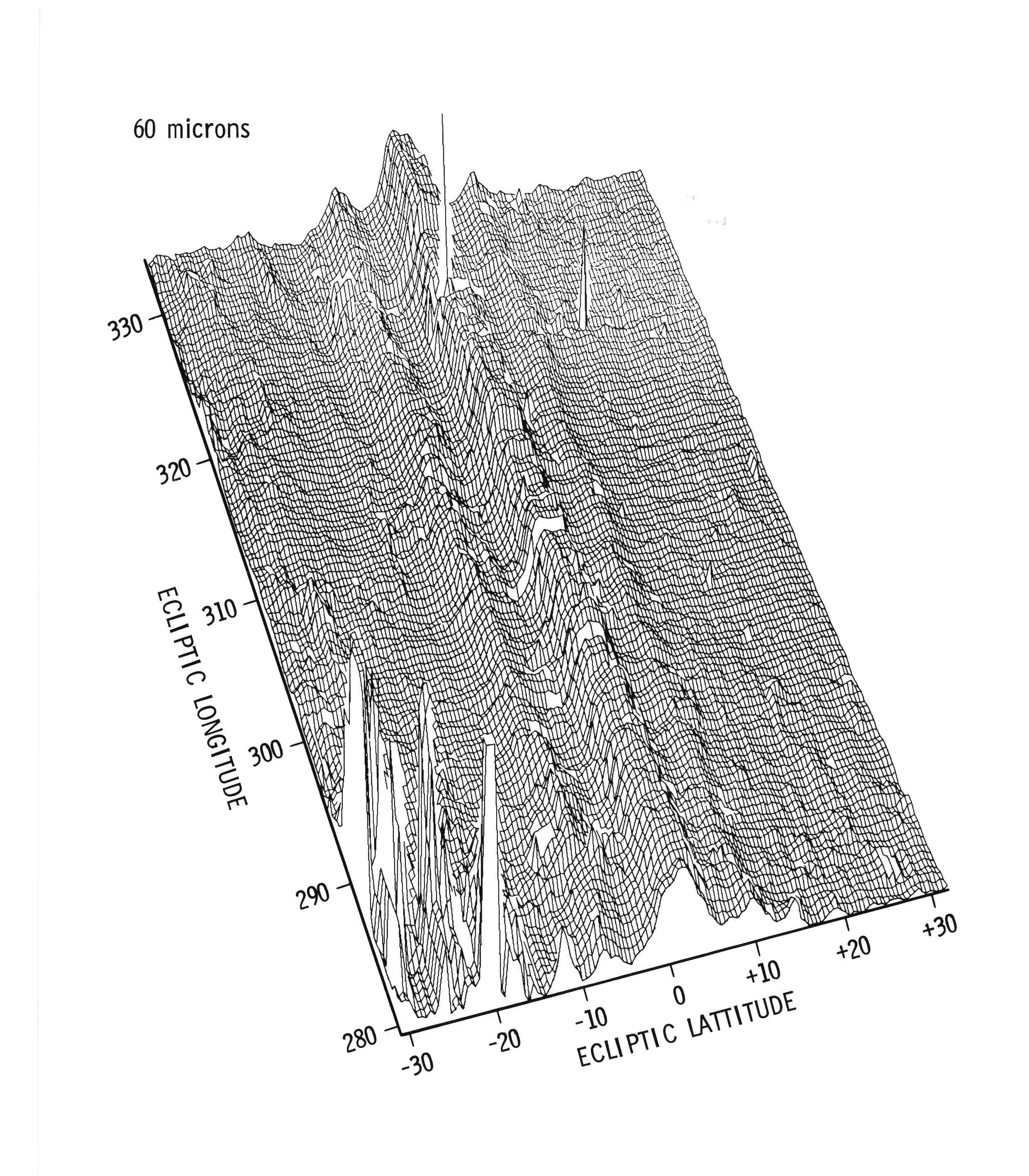
Caption from NASA: Three newly discovered bands of dust in the solar system are seen in this image, which was produced from scans made by the Infrared Astronomical Satellite (IRAS) telescope. The central band may consist of dust particles produced from asteroid collisions in the main belt. The outer two bands could be the remains of a possible catastrophic collision between an asteroid and a comet.
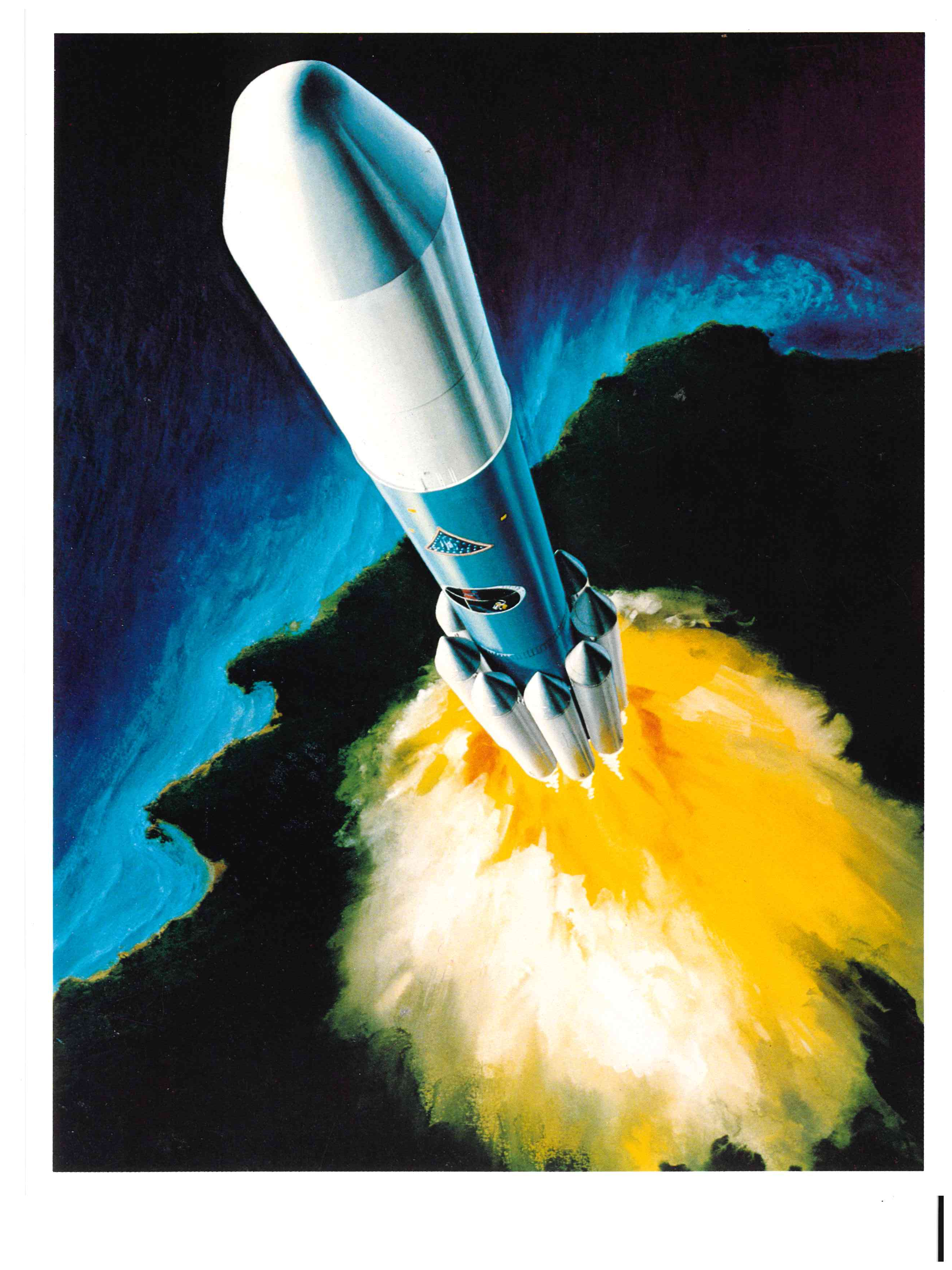
Caption from NASA Jet Propulsion Laboratory: “A Delta launch vehicle carries the Infrared Astronomical Satellite (IRAS) to polar orbit from Vandenberg Air Force Base. The IRAS satellite will perform an all-sky survey in the infrared region of the spectrum. IRAS is an international effort involving The Netherlands, the United Kingdom, and the United States. Infrared radiation from space does not penetrate Earth's atmosphere, so IRAS will provide astronomers with their first complete survey in that little-known region of the spectrum."
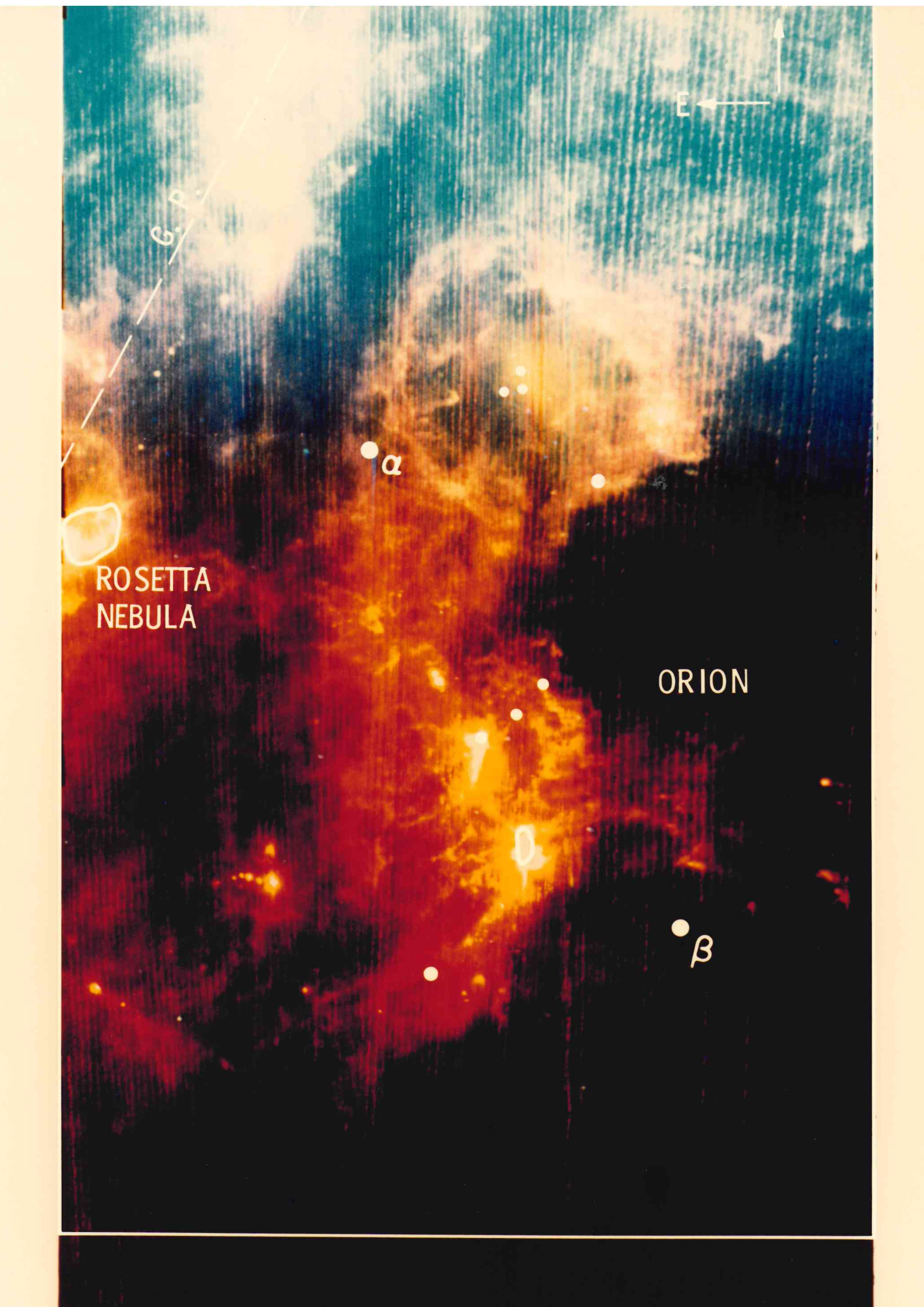
Caption from NASA: This false-colour image of the region of sky around the constellation Orion was produced from data from the Infrared Astronomical Telescope (IRAS), and shows a much different view than that seen from optical telescopes. The intensity of the infrared radiation is represented by colours: red indicates strong 100-micron-wavelength radiation, and blue shows strong 12-micron-wavelength radiation. Well-known regions of star formation are apparent, such as the Orion molecular cloud (large feature dominating lower half of picture), located in and surrounding the sword of Orion. Part of the Milky Way crosses the upper left corner. Extended infrared cirrus clouds associated with the galaxy and the solar system are also seen throughout the image.
